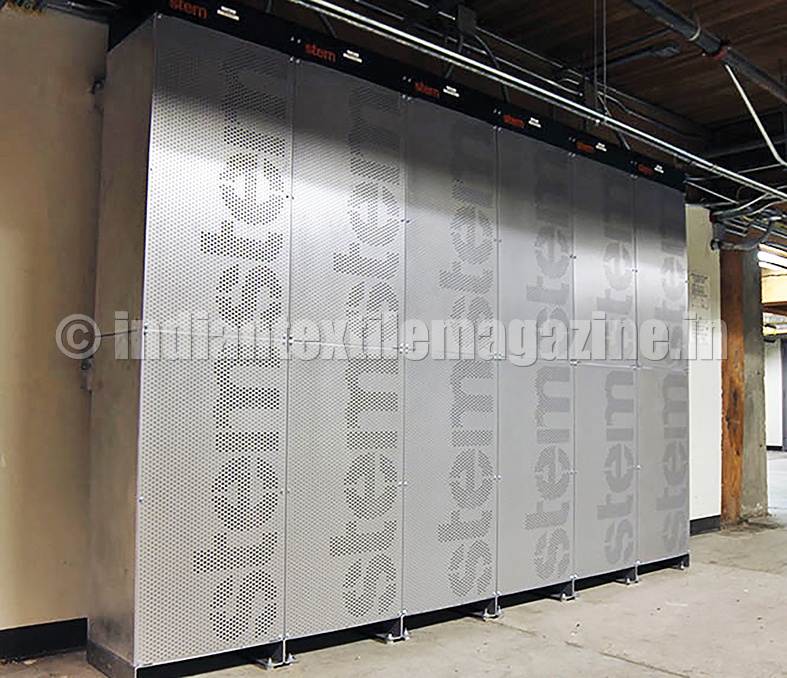Alsco was the first company in the world to introduce linen and uniform rental services in 1889, and now has more than 16,000 employees and 150 branches worldwide. A leader in sustainable business practices, Alsco employs energy-efficient plant technologies, state-of-the-art water re-use systems, safe detergent, and sustainable products.
Located in California’s Bay Area region, Alsco’s San Jose branch is exposed to some of the highest electricity rates in the country. Industrial-sized washers and dryers, automated folding stations, boilers, and vacuum systems at the laundry facility start and stop for brief periods according to the needs of the business. Running these motors at the same time contributed to steep power spikes that caused high demand charges, often exceeding 60 per cent of the electric bill. The company was paying more for a few instances of peak usage than for the total electricity consumed each month.
Combining storage and software to slash demand
The facility’s General Manager needed a solution that would allow him to reduce demand peaks without disrupting operations. “Our business revolves around our customers’ time-tables, so we have little flexibility to space out operations throughout the day,” he explained. “Battery storage is the perfect solution because it automatically lowers our energy spend without requiring us to change anything. There’s really nothing else like it in the market.”
Between the high cost of electricity in California and the large volume of processing, this facility spends more on electricity than almost any other Alsco branch in North America. Stem’s unique technology presented a solution with no risk, no upfront investment, and solid returns. There was no reason to say no.
In March of 2014, Stem installed a 54 kW energy storage system that uses real-time data collection and predictive analytics to automatically shave demand spikes. The system has generated more than $10,000 annually in direct and verifiable utility bill savings, reducing demand charges by almost six per cent. The installation was completed at zero upfront cost, presenting no financial risk to Alsco, and began delivering savings from the first month.
Savings estimate exceeded
When selecting vendors and suppliers, Alsco has a history of setting high standards, choosing vendors and products defined by integrity, quality and sustainability. The Stem team provided a thorough explanation of Alsco’s savings estimate, which took into account detailed historic energy usage, weather, similar facilities, the utility rate structure, and adjustments for real world variability. Alsco’s estimate proved to be highly accurate, yet conservative, with results actually surpassing initial savings projections.
“Stem didn’t overpromise. After more than a year of being operational, the Stem system is actually generating about 20 per cent more savings than what was initially projected, which I can easily track within the PowerScope software”, the General Manager added.
The Stem system continually learns Alsco’s energy patterns and uses that information to improve its control algorithms, increasing its effectiveness over time. As the system self-tunes and demand rates continue to rise between 7 and 11 per cent each year, Alsco’s savings from the Stem system will steadily increase. Over the next decade, Alsco can expect to save more than $100,000 on electricity costs.
Stem combines powerful learning software and on-site energy storage to automate savings.
